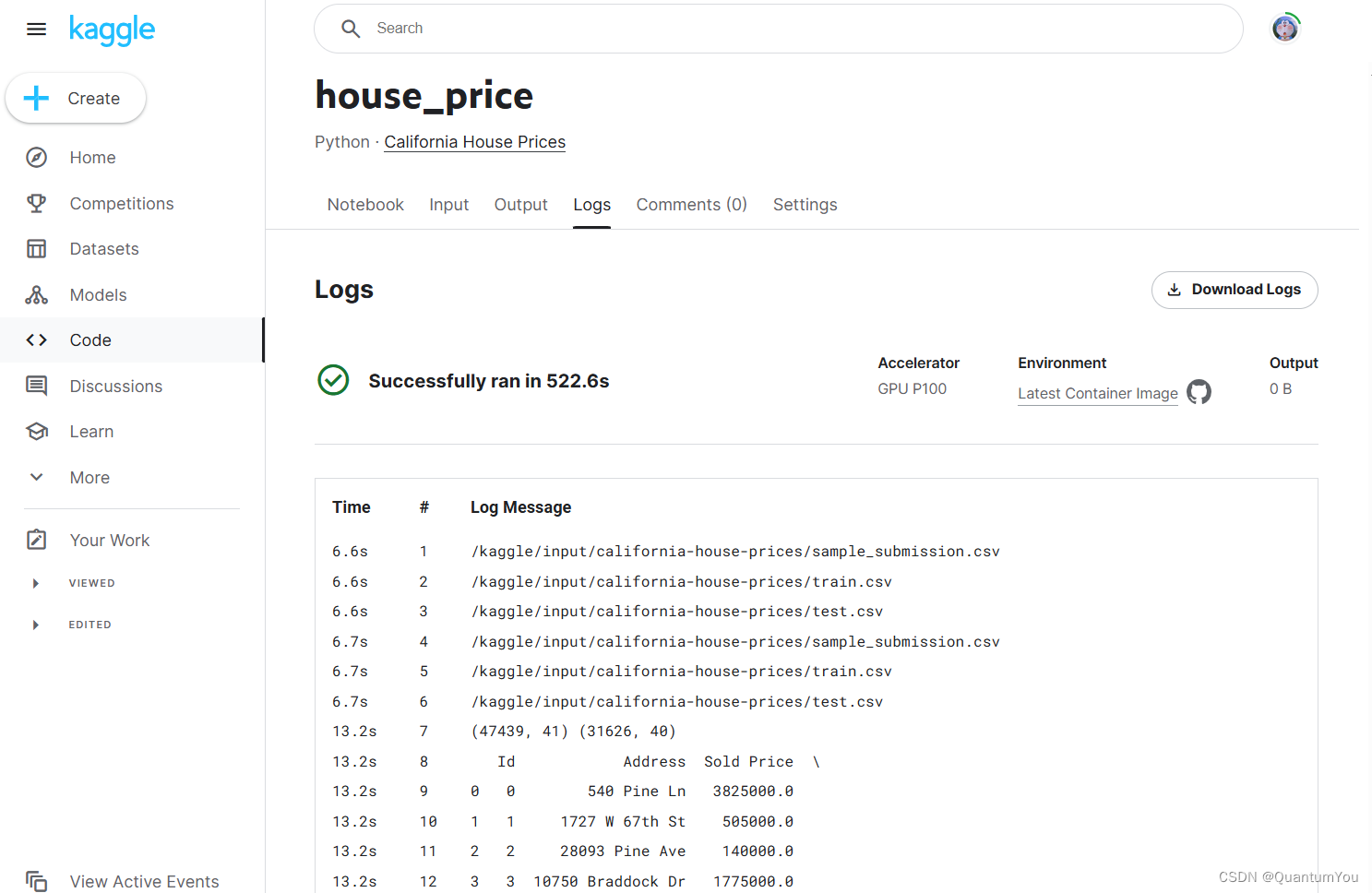Python的异常处理
在python里,错误和异常是不同的概念
错误:
Python 的语法错误或者称之为解析错,大多是因为写代码写错了出现的
异常:
即便 Python 程序的语法是正确的,在运行它的时候,也有可能发生错误。运行期检测到的错误被称为异常。
大多数的异常都不会被程序处理,都以错误信息的形式展现
python里有以下类型的异常
BaseException
+-- SystemExit
+-- KeyboardInterrupt
+-- GeneratorExit
+-- Exception
+-- StopIteration
+-- StopAsyncIteration
+-- ArithmeticError
| +-- FloatingPointError
| +-- OverflowError
| +-- ZeroDivisionError
+-- AssertionError
+-- AttributeError
+-- BufferError
+-- EOFError
+-- ImportError
| +-- ModuleNotFoundError
+-- LookupError
| +-- IndexError
| +-- KeyError
+-- MemoryError
+-- NameError
| +-- UnboundLocalError
+-- OSError
| +-- BlockingIOError
| +-- ChildProcessError
| +-- ConnectionError
| | +-- BrokenPipeError
| | +-- ConnectionAbortedError
| | +-- ConnectionRefusedError
| | +-- ConnectionResetError
| +-- FileExistsError
| +-- FileNotFoundError
| +-- InterruptedError
| +-- IsADirectoryError
| +-- NotADirectoryError
| +-- PermissionError
| +-- ProcessLookupError
| +-- TimeoutError
+-- ReferenceError
+-- RuntimeError
| +-- NotImplementedError
| +-- RecursionError
+-- SyntaxError
| +-- IndentationError
| +-- TabError
+-- SystemError
+-- TypeError
+-- ValueError
| +-- UnicodeError
| +-- UnicodeDecodeError
| +-- UnicodeEncodeError
| +-- UnicodeTranslateError
+-- Warning
+-- DeprecationWarning
+-- PendingDeprecationWarning
+-- RuntimeWarning
+-- SyntaxWarning
+-- UserWarning
+-- FutureWarning
+-- ImportWarning
+-- UnicodeWarning
+-- BytesWarning
+-- ResourceWarning
基本只用记住基类BaseException和常用的Exception
异常处理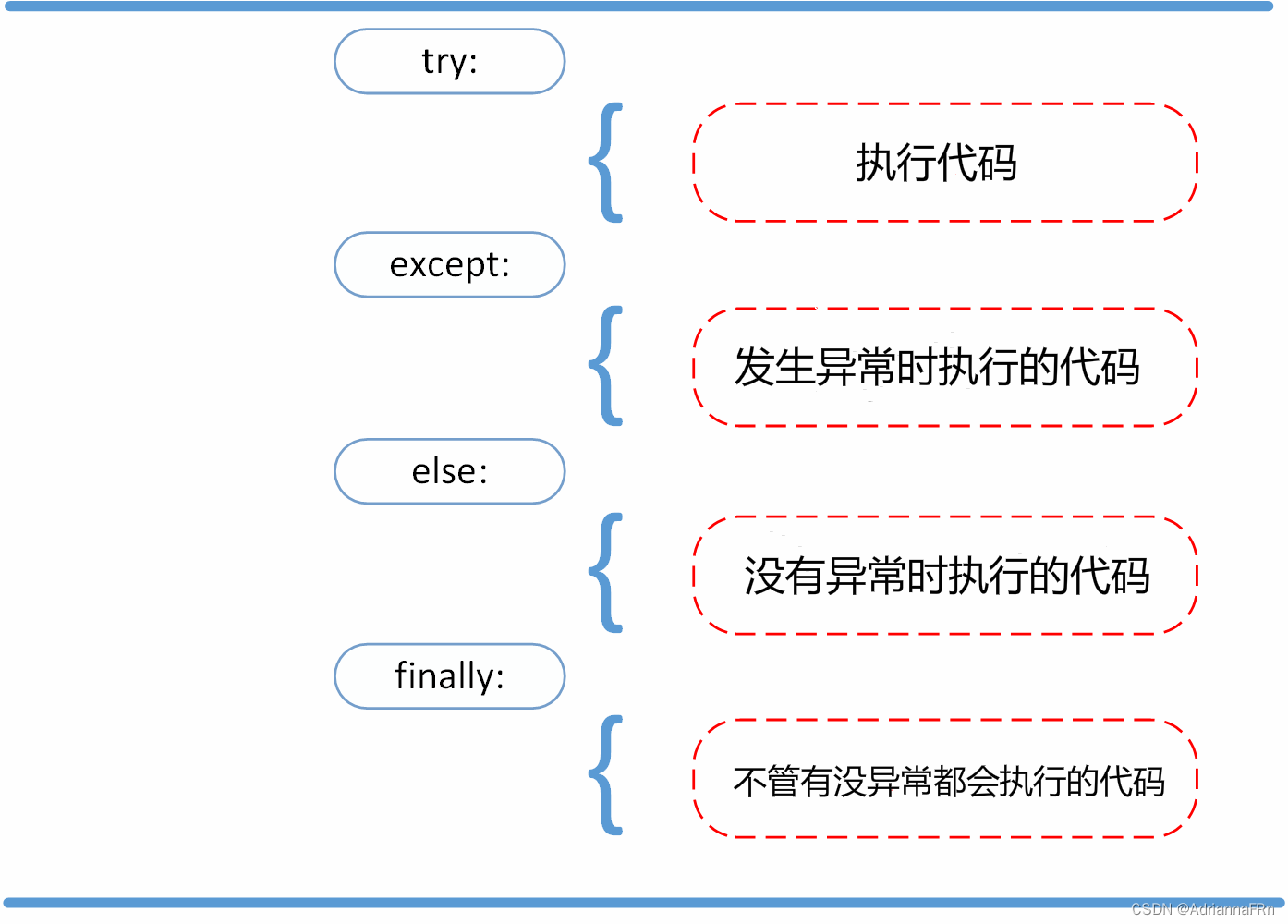
一个 try 语句可能包含多个except子句,分别来处理不同的特定的异常。最多只有一个分支会被执行。
处理程序将只针对对应的 try 子句中的异常进行处理,而不是其他的 try 的处理程序中的异常。
一个except子句可以同时处理多个异常,这些异常将被放在一个括号里成为一个元组
try:
runoob()
except AssertionError as error:
print(error)
except (RuntimeError, TypeError, NameError):
pass
else:
try:
with open('file.log') as file:
read_data = file.read()
except FileNotFoundError as fnf_error:
print(fnf_error)
finally:
print('这句话,无论异常是否发生都会执行。')
抛出异常
这里的抛出可以理解为手动触发
很多时候我们需要自己抛出异常来进行许多操作
这时我们可以用raise关键字
Python 使用 raise 语句抛出一个指定的异常。
raise语法格式如下:
raise [Exception [, args [, traceback]]]
x = 10
if x > 5:
raise Exception('x 不能大于 5。x 的值为: {}'.format(x))
这里我们发现,其实异常也可以有参数,我们一般就传递一个字符串显示它的内容
自定义异常类
我们很多时候没有合适的异常类来使用,我们就可以直接自定义自己的异常类
一般都是直接继承自Exception类
class MyError(Exception):
def __init__(self, value):
self.value = value
def __str__(self):
return repr(self.value)
这样我们就可以使用了
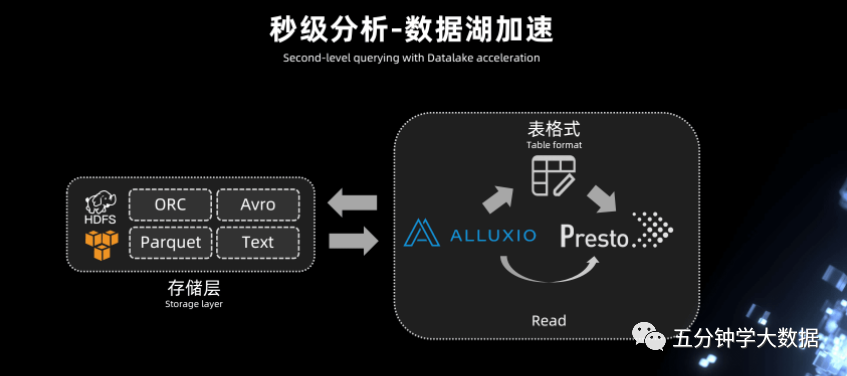




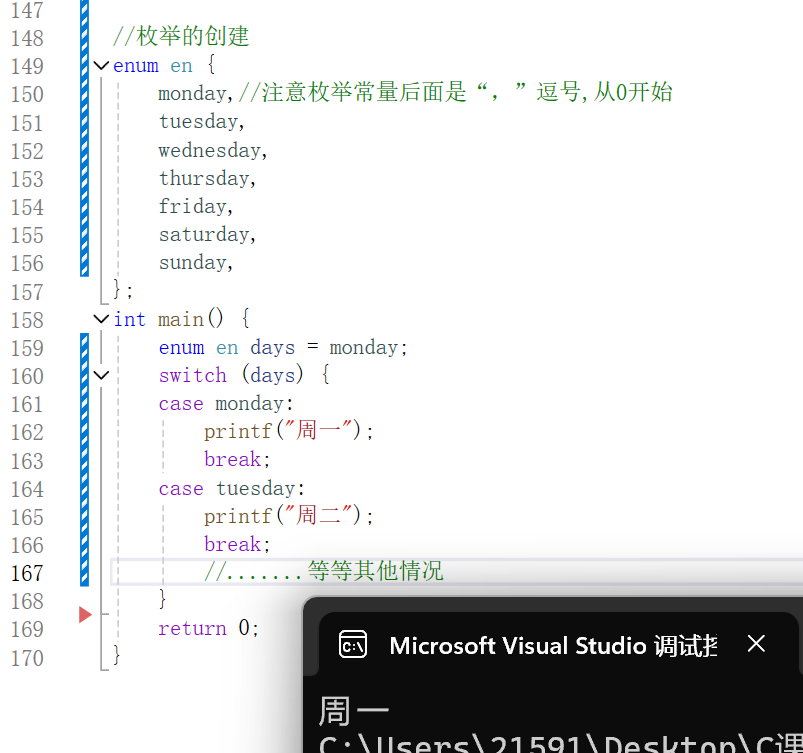
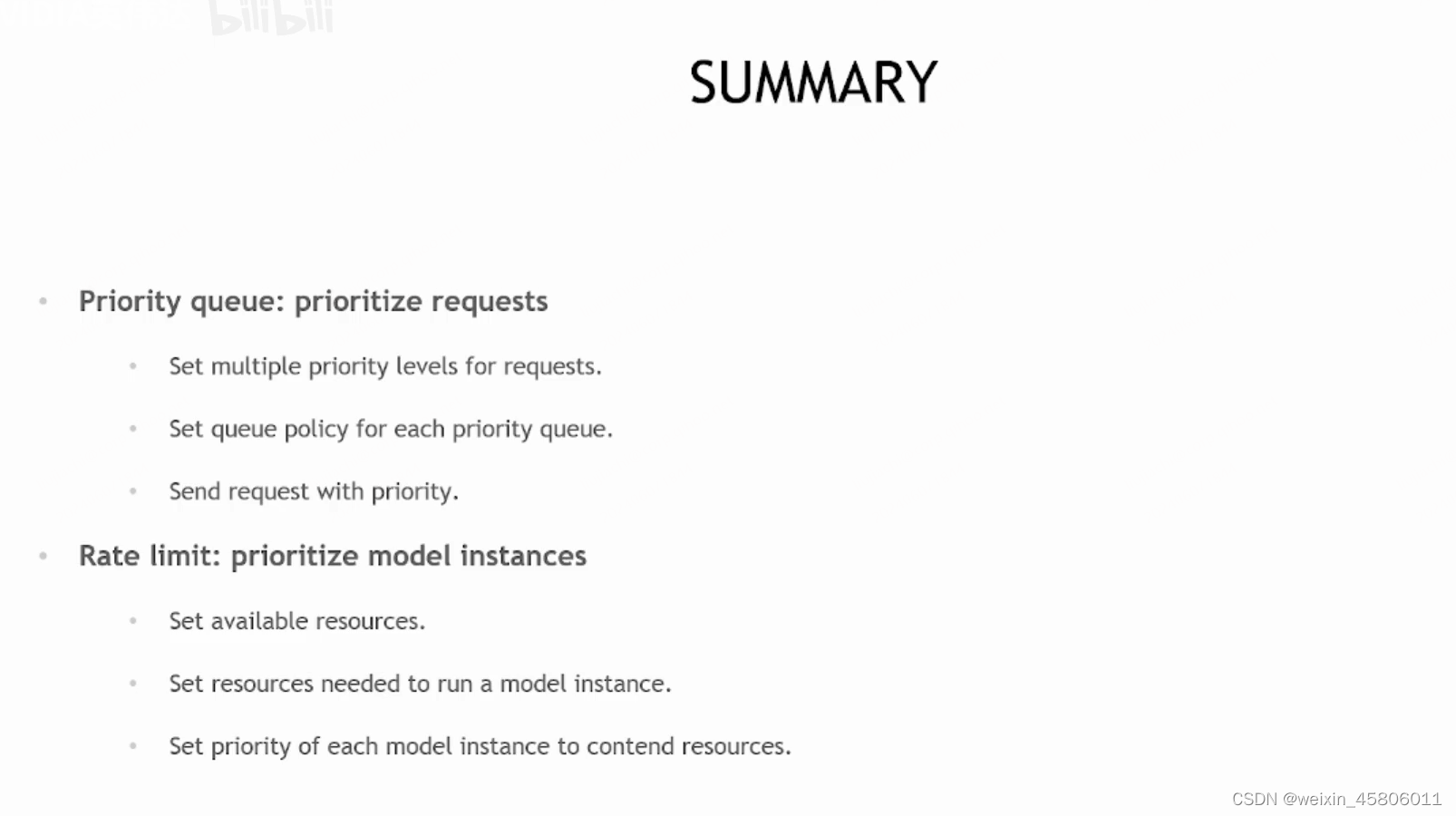

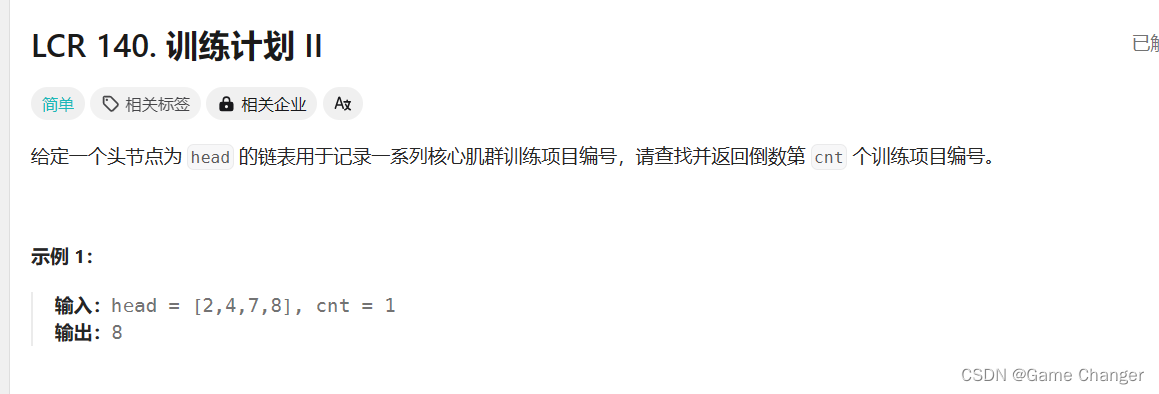


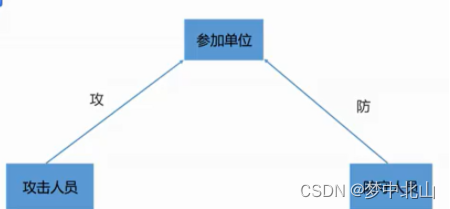



![[Cloud Networking] Layer 2](https://img-blog.csdnimg.cn/img_convert/ae778f4d1be9c7891bdf05ac5f63e640.webp?x-oss-process=image/format,png)


